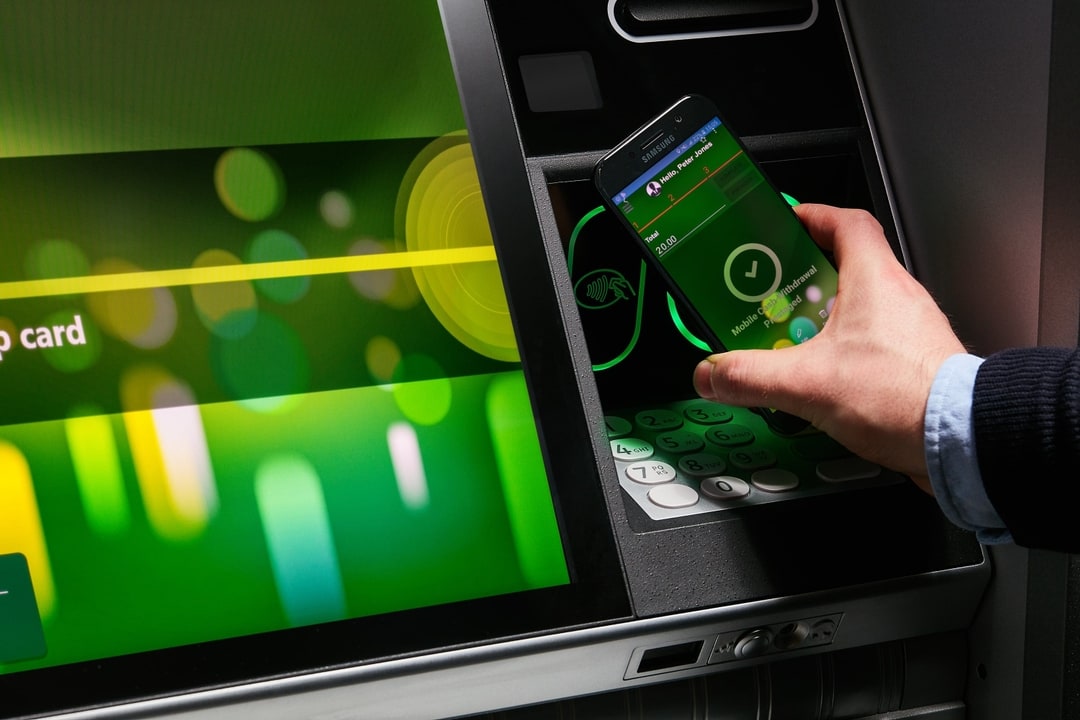How banking is embarking on a green transformation
Published July 27, 2022
Sustainability has been a focus for years and ESG (Environment, Social & Governance) is the new Corporate Social Responsibility (CSR) and is quickly making its way to the top of the agenda for the banking industry.
But the financial industry is at the center of myriad challenging macro forces – with heightening international tensions, rising commodity prices, supply chain issues and the ongoing impact of the global pandemic all having significant impact on financial markets. Despite this numerous challenges, improving the industry’s sustainability credentials is something financial institutions (FIs) are starting to get a better grip on.
In 2021, three of the top global risks identified by the World Economic Forum were related to climate change. Climate action failure is also considered the most critical threat to the world in both the medium term (2-5 years) and long term (5-10 years), with the highest potential to severely damage societies, economies and the planet.
Investors and consumers are looking to FIs to demonstrate not only their ESG strategies but their actions and performance. What’s more ESG credentials, for the younger generations in particular, are becoming an important measure when it comes to choosing an FI.
And FIs understand the importance. Even before the year that was 2020, a global survey by KPMG International showed almost three-quarters of banking CEOs believed their future growth will be largely determined by their ability to anticipate and navigate the shift to a low-carbon, clean- technology economy.
Go green to attract talent and investment
Much of FIs’ work around ESG is focused on sustainable investment. Last year, convened by the UN, the Net-Zero Banking Alliance was formed by 40 FIs – this number has since grown to 108 from 40 countries – with the aim to reinforce, accelerate and support the implementation of decarbonization strategies by providing an internationally coherent framework and guidelines in which to operate, supported by peer-learning from pioneering banks.
In being part of the alliance, FIs commit to transitioning operational and attributable emissions from their lending and investment portfolios to align with pathways to net-zero by 2050; to setting 2030 and 2050 targets within 18 months of joining the alliance; to focusing the 2030 targets on priority sectors where the bank can have the most significant impact; and to publish annually absolute emissions and emissions intensity in line with best practice.
Ultimately, FIs are going to take a much more environmental approach when it comes to investments. Inger Anderson, Under-Secretary-General of the United Nations and Executive Director of UNEP said: “If banks are serious about net zero it is quite clear they can no longer finance the expansion of infrastructure, technologies and business models that we know are incompatible with the 1.5°C climate goal.”
Where are the opportunities in banking
While FIs can use their collective might to drive more sustainable outcomes through channeling investments, there’s also the need to look more internally at their own operations. There are more tangible things that FIs can do to reduce their own environmental impact. To date, there’s more than 900,000 branches across the world and three million ATMs. This footprint has significant environmental impact and FIs can take steps to improve their processes, technologies and energy use to achieve their own ESG targets.
FIs globally have started to formulate strategies to minimize their emissions as part of transitioning to a low-carbon economy. Hence, energy consumption and carbon neutrality in banking operations are recurring themes in sustainability reports across the industry:
- State Bank of India has installed solar panels across their branches to be a carbon-neutral organization by 2030.
- Barclays aims to reduce its operational energy usage by 70% by 2035, including shifting to renewable energy sources.
- DBS has committed to using 100% renewable energy sources for Singaporean operations by 2030 and ensuring net-zero operational carbon emissions globally. In addition, they prioritize reducing energy consumption through low energy lighting, living office branches and energy-efficient AC.
- Lloyds Banking Group has pledged to reduce its energy consumption by 50% by 2030. In 2020, they installed low- carbon travel infrastructures, such as electric vehicle charging ports and cycling facilities, in 14 of their offices.
Technology can play a key role in supporting the delivery of a sustainable future. The likes of IoT, Big Data, and intelligent assets lay the foundation of resource and energy optimization. For instance, using predictive and remote maintenance enables FIs to extend the lifecycle of an asset by identifying an issue prior to component failure. In addition, it reduces transport and improves efficiency of service engineers and therefore impacts carbon footprint.
Energy usage is an important area of focus for FIs. As they rely on self-service machines, particularly the ATM to fulfil many of customers’ regular transaction needs, looking for ways to reduce power consumption and improve efficiency is key.
ATMs are on constantly providing the ability for people to access cash 24/7. But this always accessible provision means the world’s ATMs emit over 771Mil kg of CO2 in idle mode, costing FIs globally up to $500m. Significant improvement in design over the last few years means that steps have been taken to reduce power consumption.
Meanwhile, the average branch produces around 102,000kg of CO2 emissions annually according to the American Banking Association, so tackling energy consumption, heating and lighting can all help drive a more sustainable industry.
Everyone has a role to play, be it from investments, product design, manufacturing, transport, operations, services, self- service technology and end-of-life, as all areas ultimately impact the sustainable future of the planet and banking, no matter how big or small that may be.



